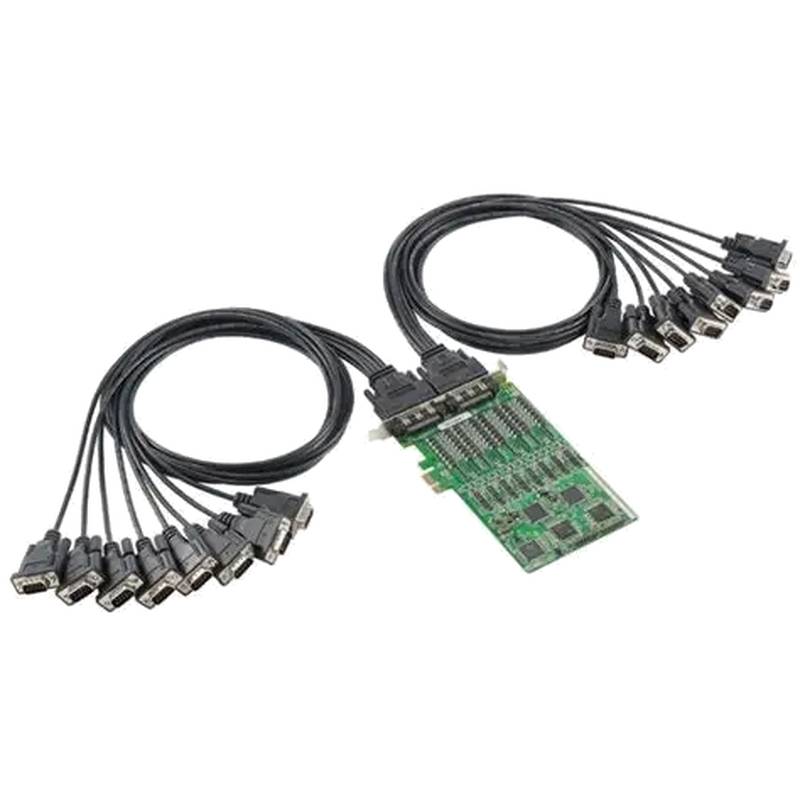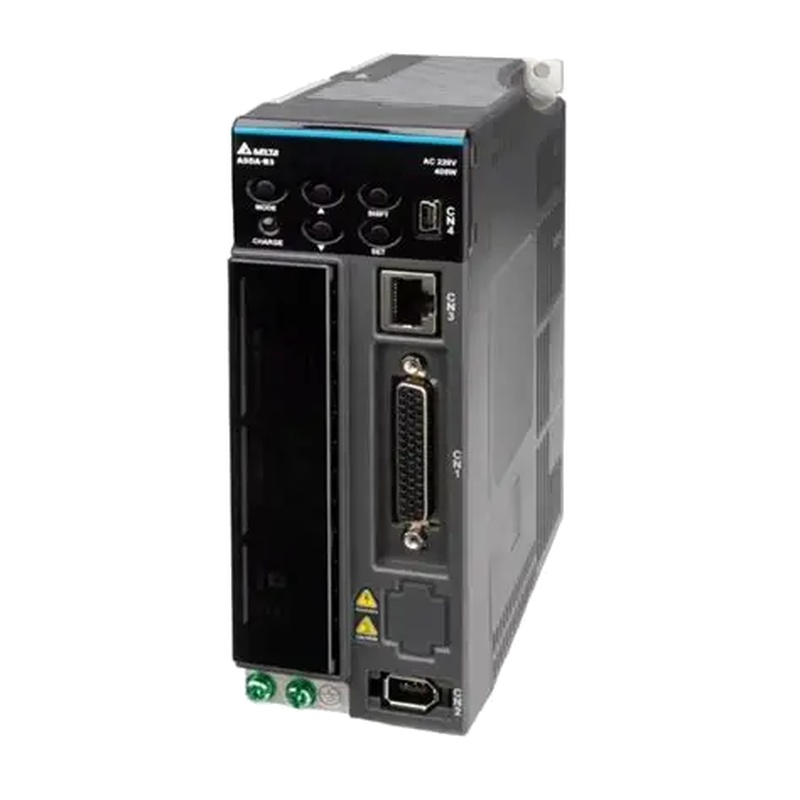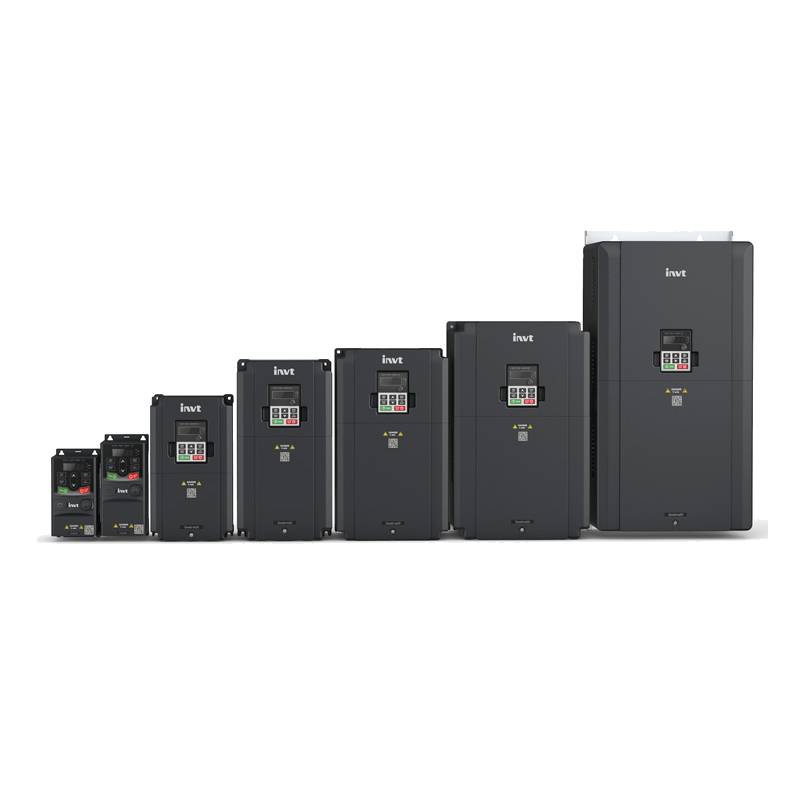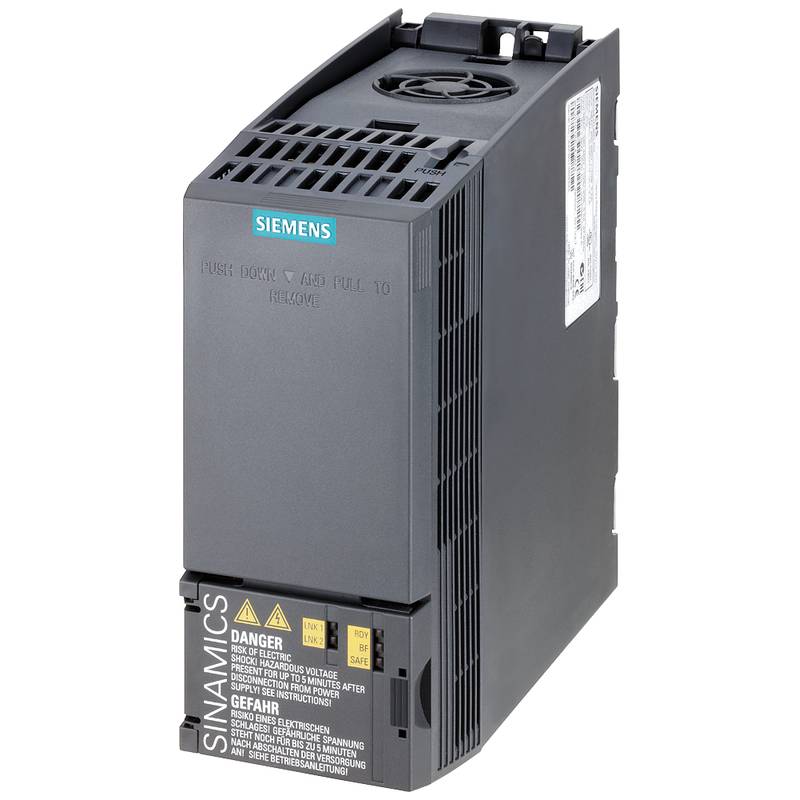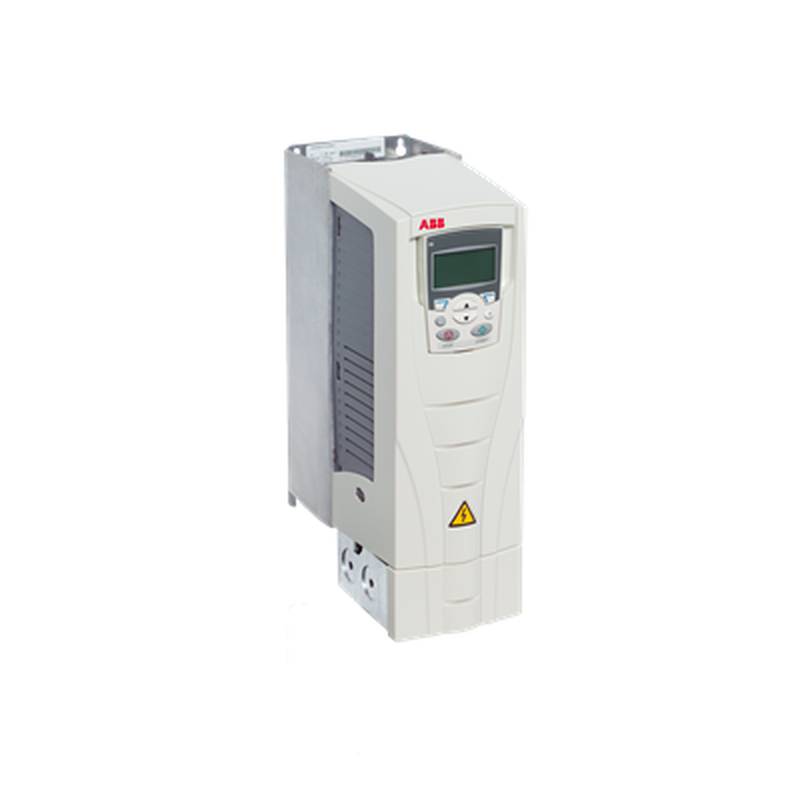
The Moxa CP-116E-A stands as a robust 16-port RS-232 serial device server, engineered to bridge the gap between legacy serial devices and modern Ethernet networks with unparalleled reliability and performance. This industrial-grade solution is purpose-built for demanding environments, offering seamless connectivity and efficient data management for a wide array of serial equipment. Its core advantage lies in its ability to extend the reach of serial communications over IP networks, simplifying infrastructure and enhancing operational control. The device boasts critical features such as 16 RS-232 ports, extensive protocol support including TCP/IP and UDP, and a ruggedized design capable of withstanding harsh industrial conditions. Key technical parameters include its DIN-rail mountable form factor, a wide operating temperature range, and high serial port speeds, making it an indispensable component for industrial automation, building management, and critical infrastructure monitoring.
Core Features and Market Positioning
The Moxa CP-116E-A distinguishes itself in the competitive serial device server market through its superior port density, robust industrial design, and Moxa's proven reliability. Unlike consumer-grade alternatives, this device is built for continuous operation in challenging industrial settings, featuring a metal housing, wide operating temperature range (-40 to 75 °C), and robust surge protection on its serial ports. Its key differentiator is the ability to consolidate up to 16 serial devices onto a single Ethernet network, significantly reducing cabling complexity and infrastructure costs. This high port count, combined with advanced features like secure communication protocols (e.g., SSH, SSL/TLS), positions the CP-116E-A as a premium solution for enterprises seeking to modernize their serial device connectivity without compromising on security or operational integrity. Industry reviews often highlight its ease of deployment and stability, even under heavy network loads.
Key Application Scenarios
The versatility of the Moxa CP-116E-A makes it a cornerstone in numerous industrial applications. In factory automation, it efficiently connects PLCs, CNC machines, and robotic arms to a central control system via Ethernet, enabling real-time monitoring and control. For building automation systems (BAS), it integrates HVAC controllers, access control systems, and security cameras, allowing for centralized management and remote access over IP networks. In the utilities sector, the device is crucial for connecting remote terminal units (RTUs), data loggers, and environmental sensors in power grids, water treatment plants, and gas distribution networks, facilitating secure data acquisition and remote diagnostics. Its ability to handle multiple serial protocols also makes it ideal for transportation systems, connecting traffic controllers, ticket vending machines, and passenger information displays.
Practical System Integration Guidance
Integrating the Moxa CP-116E-A into existing industrial networks is streamlined through its intuitive web-based configuration utility and Moxa's robust management software, Moxa PComm Pro. For installation, the device is designed for DIN-rail mounting, allowing for quick and secure deployment within control cabinets. Connecting serial devices typically involves using standard RS-232 DB9 or DB25 connectors, with appropriate null modem or straight-through cables as required by the connected equipment. Network connectivity is established via its RJ45 Ethernet port, supporting 10/100 Mbps speeds. Initial setup involves assigning an IP address, either statically or via DHCP, and configuring the serial port parameters (baud rate, data bits, parity, stop bits) to match those of the connected serial devices. Users can then utilize TCP server, TCP client, or UDP modes to establish communication links over the Ethernet network, with modes like Real COM or paired connections offering flexible data tunneling.
Operation and Risk Mitigation
Operating the Moxa CP-116E-A demands attention to network security and proper serial communication configuration to mitigate risks. To prevent unauthorized access, it is imperative to change default login credentials immediately and consider implementing firewall rules to restrict access to the device's management interface and data ports. For critical applications, enabling SSH or SSL/TLS encryption for data transmission safeguards sensitive information from interception. In terms of operation, ensuring that the serial port parameters on both the CP-116E-A and the connected serial devices are perfectly matched is crucial for reliable data flow; mismatches will result in communication errors or complete data loss. Regular firmware updates from Moxa are recommended to patch security vulnerabilities and improve performance. While the device is designed for high availability, potential troubleshooting scenarios might involve checking network connectivity, verifying IP address settings, and confirming serial cable integrity.
Scalability and Long-Term Value
The Moxa CP-116E-A offers significant scalability and long-term value by enabling the integration of numerous serial devices into modern, IP-based infrastructures. Its high port density allows organizations to consolidate a large number of serial assets, minimizing the need for additional hardware as operations expand. Compatibility with existing industrial control systems and SCADA platforms is a key advantage, ensuring that investments in legacy equipment are protected. Furthermore, the CP-116E-A serves as a bridge to the Industrial Internet of Things (IIoT) and digital transformation initiatives. By providing Ethernet connectivity, it makes previously isolated serial devices accessible for remote monitoring, data analytics, and integration into broader enterprise systems, unlocking new operational efficiencies and insights. Moxa's commitment to product longevity and ongoing software support further enhances the long-term value proposition of this device.
Frequently Asked Questions
What are the primary benefits of using the Moxa CP-116E-A?
The CP-116E-A offers high serial port density, ideal for large-scale deployments. It efficiently converts legacy serial devices to Ethernet, reducing cabling complexity and costs. Its industrial-grade design ensures reliable operation in harsh environments.
Its robust build quality and wide operating temperature range make it suitable for demanding applications. The device supports secure communication protocols, enhancing data integrity and network security.
This serial device server simplifies network management by consolidating multiple serial connections onto a single IP interface. It bridges the gap between old and new technologies, extending the life of existing serial equipment.
How do I configure the Moxa CP-116E-A for network access?
Access the device's web console using its default IP address. Use the provided utility or reset button for initial IP assignment if needed. Ensure the device is on the same subnet as your management station for initial access.
Configure TCP/IP settings, including a static IP address or DHCP, and subnet mask. Set up gateway and DNS server information if required for external network communication.
Verify network connectivity by pinging the device's IP address from your management PC. Confirm that the chosen network mode (TCP Server, TCP Client, UDP) aligns with your application requirements.
What types of serial devices are compatible with the CP-116E-A?
The device supports a wide range of RS-232 serial devices, including PLCs, sensors, and industrial machines. Ensure the connected device uses the RS-232 standard for communication.
Verify that the serial parameters like baud rate, data bits, parity, and stop bits match between the CP-116E-A and the connected device. Incorrect settings will prevent communication.
Examples include industrial controllers, barcode scanners, weigh scales, and laboratory equipment that feature an RS-232 interface. Always check device manuals for compatibility.
Can the Moxa CP-116E-A be used in safety-critical systems?
The CP-116E-A is designed for industrial environments and offers reliable connectivity. It supports secure protocols like SSH and SSL/TLS for encrypted data transmission.
While robust, it's essential to implement proper network segmentation and access controls. Follow industry best practices for cybersecurity in safety-critical systems.
Moxa's products undergo rigorous testing, but users must validate system integrity and redundancy for safety-critical applications. Always consult relevant safety standards and certifications.
How does the Moxa CP-116E-A handle multiple serial connections simultaneously?
The device supports up to 16 independent serial-to-Ethernet connections. Each serial port operates autonomously, allowing for diverse device integration.
It utilizes advanced buffering and processing to manage data flow efficiently across all ports. This ensures reliable communication even under heavy network traffic loads.
Users can configure different network modes (TCP Server, Client, UDP) for each serial port, adapting to various application needs. The total throughput is limited by the Ethernet link speed.
What are the power requirements for the Moxa CP-116E-A?
The device typically requires a DC power input, often within a range like 12-48 VDC. Check the specific model's datasheet for the exact voltage and current specifications.
It features a power input terminal block for secure and reliable connections. Ensure proper polarity is observed during installation to prevent damage.
Consider using a reliable industrial power supply with overvoltage and overcurrent protection. Redundant power inputs may be available on some versions for increased uptime.
How can I troubleshoot communication issues with the CP-116E-A?
Verify physical connections, including serial cables and Ethernet cables. Ensure serial port settings (baud rate, parity, etc.) match on both ends.
Check the device's IP address and network status via its web interface or diagnostic LEDs. Ping the device to confirm network reachability.
Use diagnostic tools like Moxa's PComm Pro or a serial port monitor to inspect data traffic. Review device logs for error messages.
What is the warranty period for the Moxa CP-116E-A?
Moxa typically offers a substantial warranty period for its industrial products, often ranging from 3 to 5 years. Specific warranty details can be found in the product documentation or on Moxa's website.
This warranty usually covers defects in materials and workmanship under normal use. It reflects Moxa's confidence in the product's industrial-grade reliability.
Always register your product upon purchase to ensure seamless warranty service. Contact Moxa support for any claims or technical assistance related to warranty.
Does the CP-116E-A support remote management features?
Yes, the device supports remote management through its web-based interface. You can configure settings, monitor status, and update firmware remotely over the network.
It also offers command-line interface (CLI) access via SSH for advanced users and scripting. This allows for automated configuration and management tasks.
Moxa's Device Management System (MDMS) can also be utilized for centralized management of multiple CP-116E-A units across a large network. This enhances operational efficiency.
What is the physical form factor and mounting options for this device?
The Moxa CP-116E-A features a compact, industrial metal housing. It is designed for easy installation in control cabinets and electrical enclosures.
It supports standard DIN-rail mounting, allowing for quick and secure attachment to mounting rails. This is a common and convenient mounting method in industrial settings.
The robust casing provides protection against environmental factors, and its size is optimized for space-constrained industrial environments.














